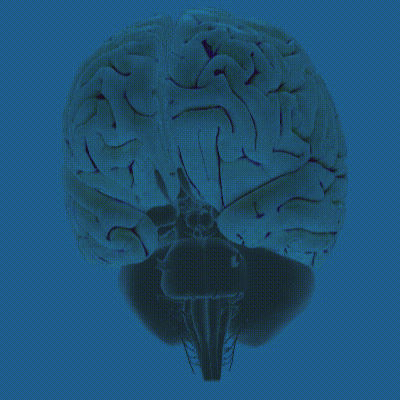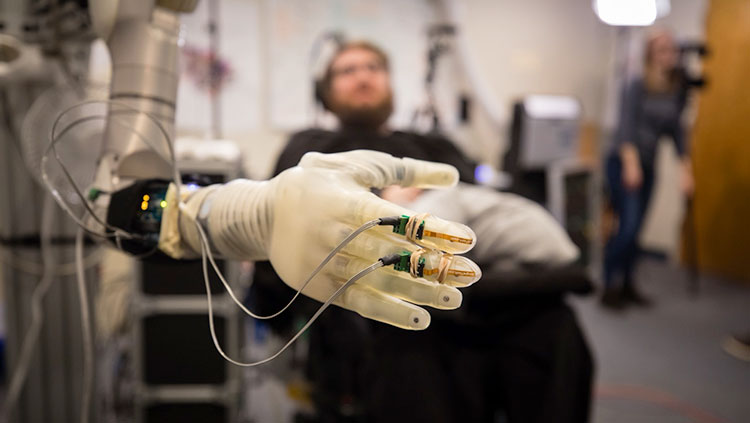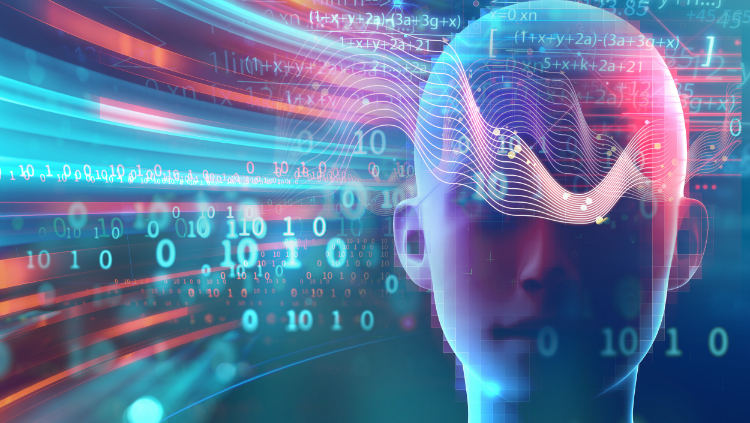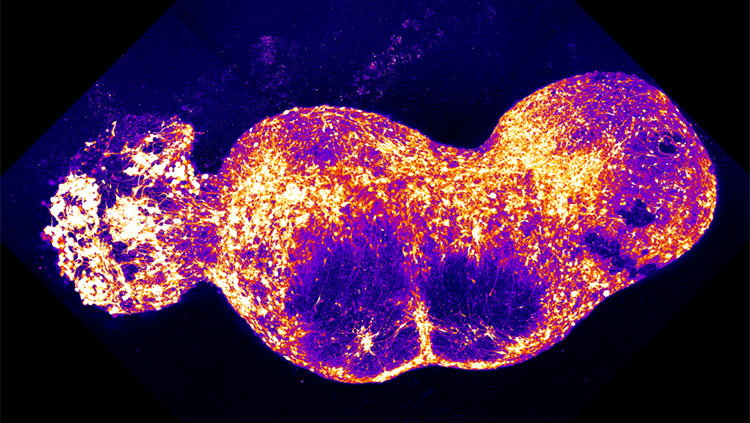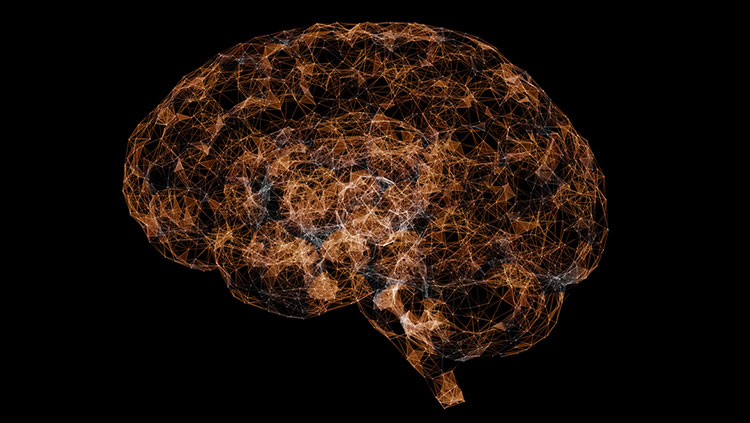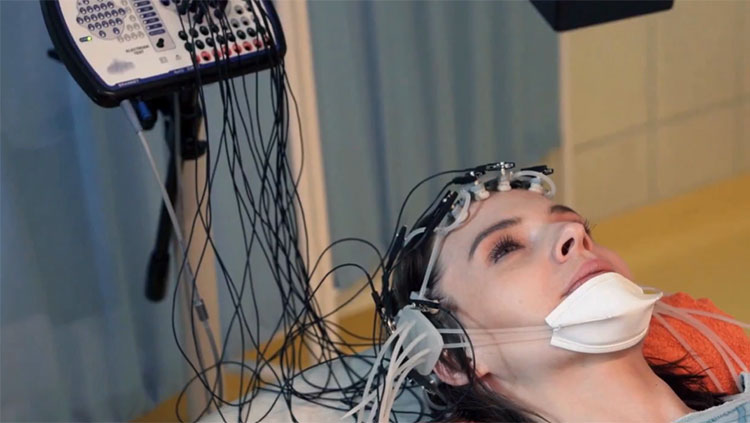AI Targets Location Where Female and Male Brains Differ
- Published13 Aug 2024
- Author Lina Zeldovich
- Source BrainFacts/SfN
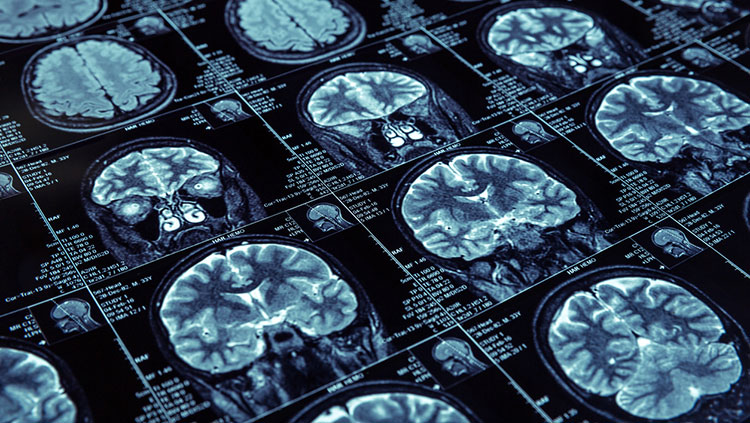
Daydreaming may be a waste of time, or it could be the font of creativity. But for a Stanford Medicine team that developed a new artificial intelligence system, daydreaming opened a window into sussing out differences between the brains of men and women, revealing sex-related differences in several brain regions.
For decades, scientists have known female and male brains differ both anatomically and structurally. Even so, they couldn’t see how sex-related differences played out as people used their brains, information that could one day influence the treatment of psychiatric and neurological conditions. As the researchers report in a study published in the Proceedings of the National Academy of Sciences, the AI, trained on Human Connectome Project data, could predict whether a brain was from a man or a women nine times out of ten.
A Human Connectome Project database of the MRI images collected from participants 20 to 35, scientists. The MRI images included 775 females and 733 males who were instructed to think about anything they wanted inside the MRI machine — essentially, to daydream. The AI, named stDNN for “spatiotemporal deep neural network,” learned to distinguish the differences reliably discerning whether it was looking at a male or a female brain.
stDNN also showed scientists where differences were found in the brain. “It's looking at patterns of connectivity across all the regions of the brain — the whole brain — and how they change with time,” says lead author Vinod Menon, at Stanford.
Menon adds the study was designed to find out where the differences were, but not what they were. Essentially, scientists asked a self-learning AI to find patterns of activity that differed by sex, and the AI trained itself to seek such patterns.
stDNN found sex-related differences in three distinct areas. One was the striatum, which is involved in motor control, emotion, habits, rewards, and making decisions. Another was the limbic system, which deals with sexual stimulation, memory, and learning, among other things. The final area was in the default mode network, or DMN, a set of regions that activate when people think about themselves but stay idle when doing tasks needing hard focus, such as math or reading.
“Each of these networks are involved in specific functions,” says co-author Kaustubh Supekar, associate professor of psychiatry and behavioral sciences at Stanford. “Essentially, how the striatum, limbic system, and DMN regions communicate is significantly different between males and females.”
Armin Raznahan, who leads the Section on Developmental Neurogenomics at the National Institute of Health and was not involved in the study, says stDNN could be a valuable tool for future research. “It convincingly shows that the patterns of brain activity at rest can be processed by very powerful computers to successfully guess the sex of the individual from whom the brain scan came.”
“It provides us a sort of leverage to help us prise the door open into this important question of whether males or females are differentially vulnerable to certain conditions,” Raznahan says. Women tend to suffer from anxiety, depression and eating disorders more often than men. Men, on the contrary, are more commonly diagnosed with ADHD, autism and schizophrenia.
While the study shows which parts of the brain work differently between sexes, scientists still need to learn what those differences are. “What our algorithm currently allows us to do is to say that these regions and their dynamic connectivity is contributing to these differences,” explains Menon.
He adds that these findings lay the foundation for follow-up research because they informed scientists what parts of the brain to investigate. “It's not the end of investigation, because previously people didn't know where exactly to look,” Menon explains. Rather, it’s the first step. “What it does is it tells researchers where to look for differences.”
One next step may involve using stDNN to parse through scans of children and teenagers to see when these differences start to develop, or whether they exist from birth, says Supekar. That can help researchers to understand what happens inside the brain when mental health disorders begin to develop. However, Menon suggests the next step may not involve AI at all.
Instead, his team might devise experiments to study the three brain regions by asking male and female volunteers to do various cognitive and emotional tasks, which would allow researchers to spot the exact differences they haven’t mapped yet. “That will give us a better handle on how to study sex differences, both in normative cognition, but also in disorders,” Menon says.
CONTENT PROVIDED BY
BrainFacts/SfN
References
McLean C. P., Asnaani A., Litz B. T., Hofmann S. G. (2011). Gender differences in anxiety disorders: prevalence, course of illness, comorbidity and burden of illness. J Psychiatr Res. doi: 10.1016/j.jpsychires.2011.03.006.
Ryali S., Zhang Y., de Los Angeles C., Supekar K., Menon V. (2024). Deep learning models reveal replicable, generalizable, and behaviorally relevant sex differences in human functional brain organization. Proceedings of National Academy of Sciences, 121(9) doi: 10.1073/pnas.2310012121.
Vadukapuram R., Elshokiry A. B., Trivedi C., Abouelnasr A., Bataineh A., Usmani S., Rodrigues S. P., Mansuri Z., Jain S. B. (2022). Sex Differences in Psychiatric Comorbidities in Adolescents With Autism Spectrum Disorder: A National Inpatient Sample Analysis. Primary Care Companion CNS Disord. doi: 10.4088/PCC.21m03189. PMID: 36179362.
What to Read Next
Also In Tools & Techniques
Trending
Popular articles on BrainFacts.org


